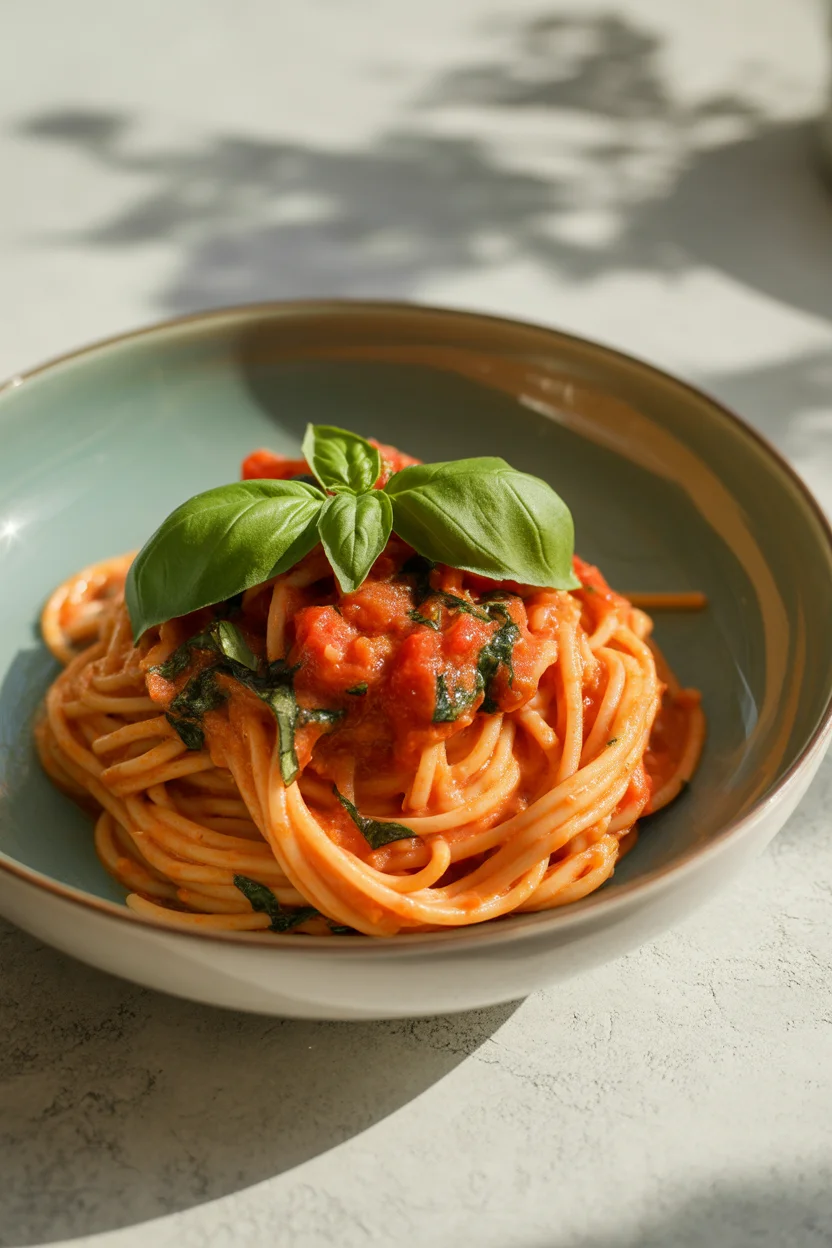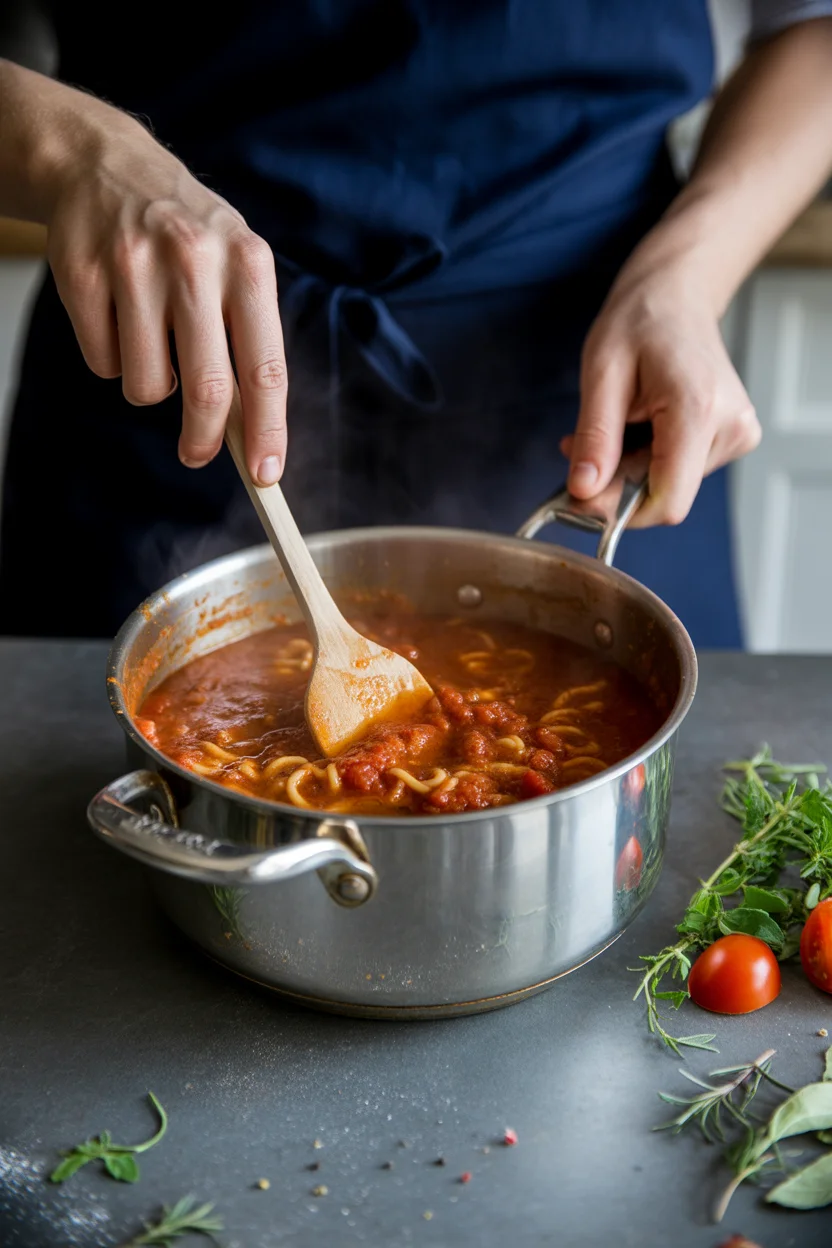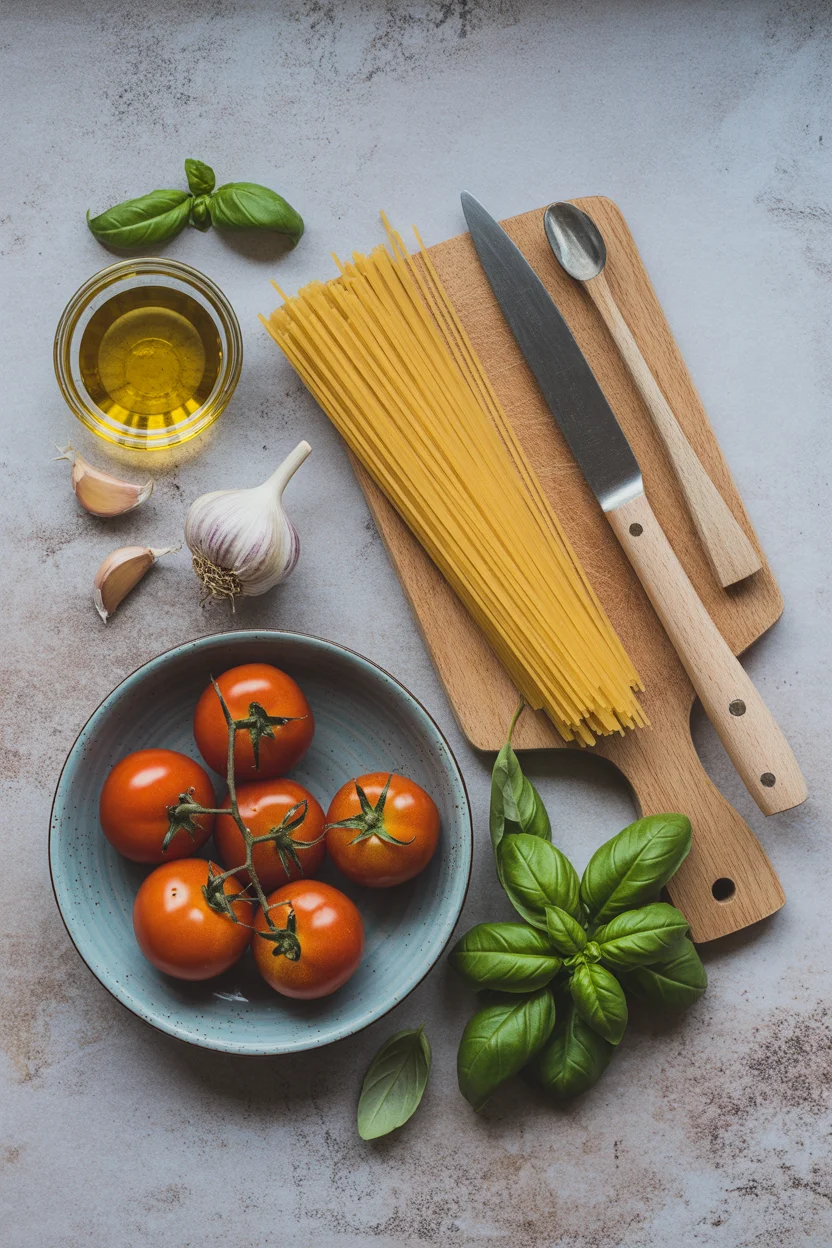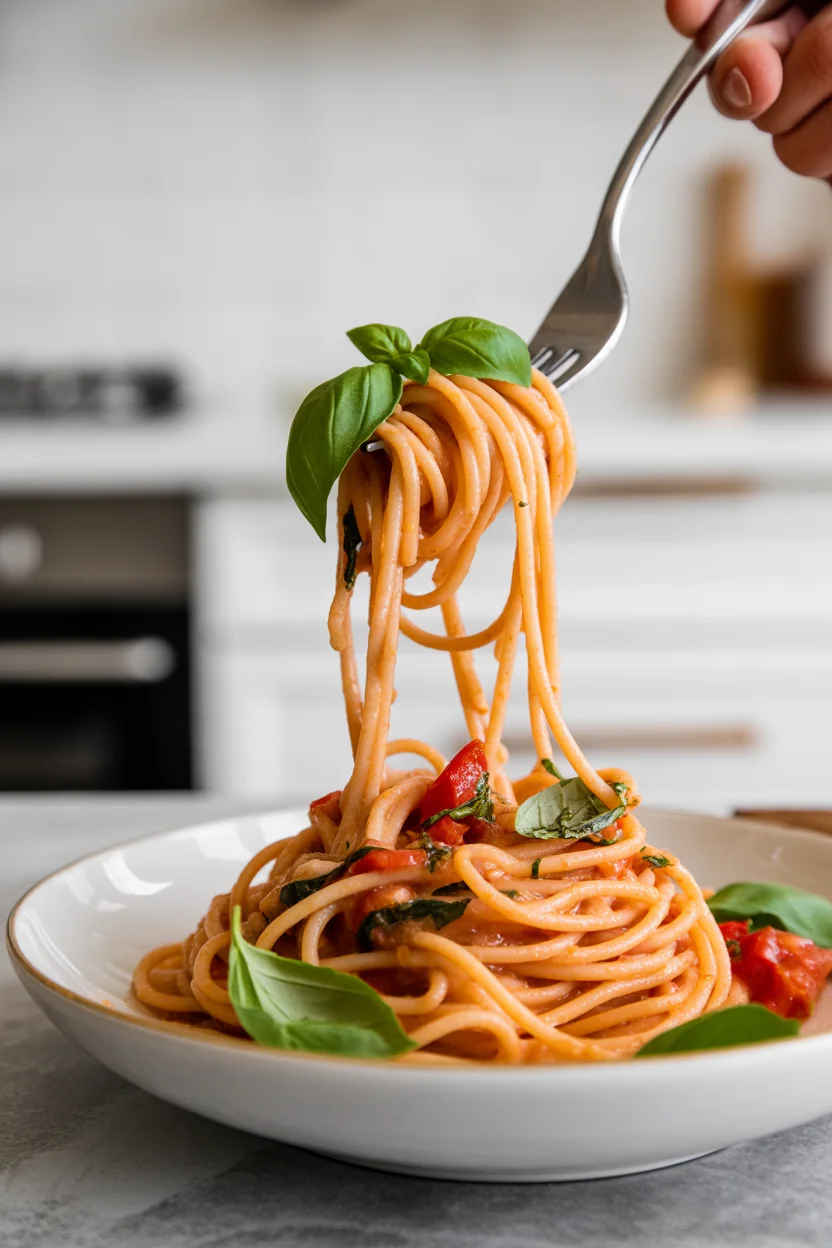Science Says Pasta Makes You Happy! Here’s Why


- Introduction: The Love-Hate Relationship with Pasta
- Is Pasta Really That Bad for You?
- Pasta and Happiness: What the Science Says
- Why Pasta Triggers Positive Emotions
- How Pasta Affects Your Brain Chemistry
- Health Benefits: It’s More Than Just a Treat
- Common Questions
- Time to Grab That Fork and Dig In
Eating Pasta Makes You Happier. Yeah, you read that right. If you’ve ever twirled a forkful of spaghetti and felt the world get a little brighter, you are definitely not alone. Honestly, I used to wonder if scarfing down pasta counted as “self-care” (I mean, it should, right?). Turns out, there’s some real science behind why diving into a plate of pasta makes us feel good. So, get comfy, maybe grab a snack (pasta, anyone?), and let’s unravel what’s actually happening when we treat ourselves.
Introduction: The Love-Hate Relationship with Pasta
So, here’s the thing. Pasta is like that friend who’s a blast at parties but always leaves you overthinking. We love it. The silky noodles, the buttery garlic, the creamy cheese. But… then “carbs are bad” whispers start, and suddenly everyone’s on a zoodle kick. Well, if you’ve ever felt guilty for enjoying a bowl of mac and cheese, you’re in the right spot.
I grew up with pasta as a comfort food staple—hyped up for every birthday, lazy Sunday, or breakup. Guess what, it’s not some evil culprit stealing your joy or health. Let’s just say, pasta deserves a little redemption.
Is Pasta Really That Bad for You?
People act like eating pasta is basically signing up for a nap and a waistband two sizes up. That’s not how it works! Moderation is the name of the game, honestly. Pasta by itself isn’t a villain. What really matters is what you add to your bowl and how much you eat. Think about this: classic Italian folks eat pasta all the dang time and…they’re not exactly famous for skyrocketing obesity rates.
Science says pasta doesn’t spike your blood sugar as much as some other carbs, like white bread or donuts (those ones are real sugar monsters). Plus, if you pair it with veggies, protein, or olive oil, your body actually handles it way better.
If you’re ever unsure, just check your own energy levels after a meal (that’s how I test a “good” lunch). Do you feel energized? Satisfied? No crash? Then you’re golden.
Pasta and Happiness: What the Science Says
Okay, here’s where things get wild. Eating pasta makes you happier—like, scientifically. So, it’s not just your grandma’s secret sauce working its magic on your soul. Researchers have found that eating carbs (and pasta is a primo example) can actually encourage your brain to release more serotonin, which is pretty much the king of happy chemicals. That little uptick of joy after a bite of fettuccine? Science says it’s real.
There was even a study with people eating pasta versus sad, dry salad. Pasta folks, no surprise, scored higher on the “I feel happy” scale. Not making this up! I honestly felt very smug reading that research—finally, real proof my weeknight carbonara isn’t “just” comfort food. It’s self-care, period.
<table_seo>
Why Pasta Triggers Positive Emotions


Alright, so why does your brain go “wooo!” at a bowl of penne? First, pasta is warm, filling, and cozy. That signals your body it’s time to relax. Second, there’s that lovely chew—chewy food takes a while to eat, slowing you down and making you notice your meal.
It also reminds a lot of people (myself included) of homey moments, family laughter, and kitchen chaos. That nostalgia packs a punch, I’m convinced! Feeling cared for doesn’t just come from a hug, you know. Sometimes it’s a scoop of cheesy pasta.
On top of all that, eating pasta feels like an occasion, even on a Tuesday night. Special, low pressure, super doable.
How Pasta Affects Your Brain Chemistry
You know what’s wild? Your brain basically has a hands-up party when you eat pasta. Here’s how: Carbs in pasta help your brain absorb tryptophan (yes, same stuff from turkey), which gets turned into serotonin. More serotonin, more happy. Some scientists break this down, but honestly, you don’t need a lab coat to know good pasta feels uplifting.
And if you’re pairing those noodles with a side of colorful veggies or protein? Boom, even steadier mood magic—stable blood sugar and longer-lasting feel-good vibes.
“Honestly, after a long day, nothing gets me back in a good mood faster than my favorite pasta dish. It’s like a little reset button.”
— Jamie, actual pasta lover
Health Benefits: It’s More Than Just a Treat
Let me settle this: eating pasta isn’t just about indulgence. There are real-deal nutrients hiding in that bowl. Whole grain or semolina types have fiber that fills you up. They won’t leave you reaching for snacks an hour later (yes, I’m looking at you, bag of chips).
Oh, you’re gluten-sensitive? That’s okay, there’s pretty decent gluten-free pasta these days. Add tomatoes or spinach to pump up those vitamins. I honestly toss in whatever is lingering in my fridge—leftover grilled chicken, roasted peppers, you name it.
Here are some serving suggestions (you don’t have to be a Michelin chef, promise):
- Swap heavy cream sauces for olive oil and lemon juice. Adds flavor, keeps it lighter.
- Grate fresh parmesan instead of the jarred stuff—it really makes a difference.
- Toss in a handful of spinach or arugula right before serving for a boost (and it looks so pretty).
- Try lentil or chickpea pasta for extra protein and fiber, especially if you’re veg or avoiding gluten.
Basically, you’ve got endless ways to make pasta nourishing and still a five-star experience.
Common Questions
Isn’t pasta just empty calories?
Not really! Especially if you go for whole grain versions or add veggies and lean proteins. It sticks with you longer.
Does pasta make you sleepy?
Too much of anything can drag you down, but a right-sized portion with some protein keeps you sharp, not sluggish.
What’s the best time to eat pasta?
I personally love pasta at lunch or early dinner—it never ruins my sleep and gives me a happy energy boost.
How often can I eat pasta?
Look, Italians eat pasta a few times a week. No one says you have to give it up. Balance is key.
Can I lose weight with pasta in my diet?
Totally, if you watch your portions, pair it with healthy add-ins (veggies, grilled chicken, or seafood), and skip super heavy sauces. It’s all about the upgrades!
Time to Grab That Fork and Dig In
So, in short: science gives pasta the green light, not just for comfort (hello, serotonin) but for legit health perks too. Don’t let anyone shame your bowl of spaghetti again. Eating pasta makes you happier, and there’s nothing wrong with feeling good about that! Go ahead, try your favorite pasta recipe tonight. For even more science-backed goodness, check out these registered dietitian tips or the full scoop from Harvard’s nutrition department. Mangia!


Pasta Delight
Ingredients
Method
- Boil water in a large pot and cook the pasta according to package instructions until al dente.
- While the pasta cooks, prepare vegetables and proteins if using.
- Drain the pasta and return it to the pot over low heat.
- Add the olive oil, lemon juice, and a generous amount of grated parmesan cheese to the pasta.
- Toss in the vegetables and any proteins, mixing well until everything is heated through.
- Serve warm, garnished with additional parmesan and a sprinkle of pepper to taste.










